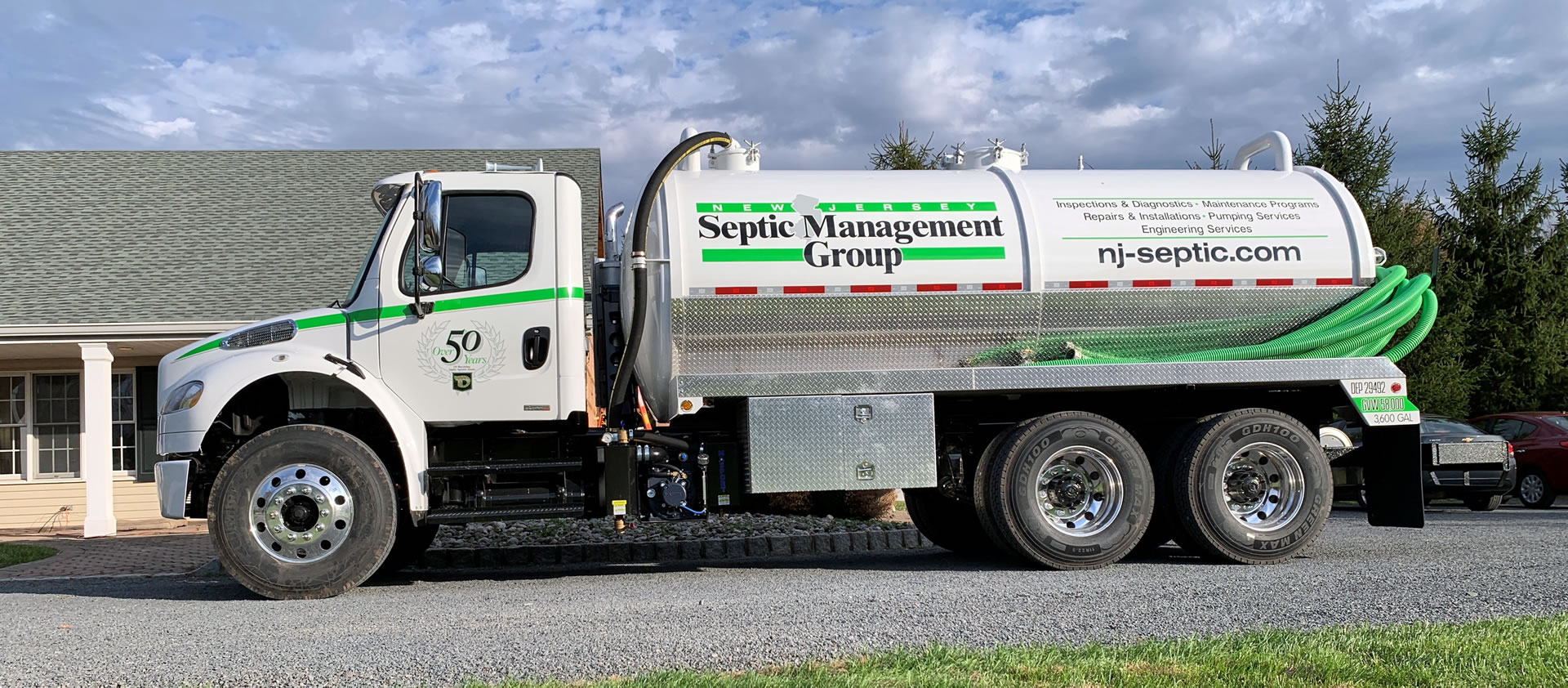The Best Strategy To Use For Stillwell Septic And Grading
The Best Strategy To Use For Stillwell Septic And Grading
Blog Article
Stillwell Septic And Grading for Beginners
Table of ContentsThe Best Guide To Stillwell Septic And GradingThe 8-Minute Rule for Stillwell Septic And GradingStillwell Septic And Grading for DummiesStillwell Septic And Grading Things To Know Before You BuyThe Facts About Stillwell Septic And Grading UncoveredThings about Stillwell Septic And GradingThe Single Strategy To Use For Stillwell Septic And Grading
On the whole, septic storage tank setup is a complicated process that needs cautious preparation and execution. Homeowners must collaborate with a trusted installation team and be aware of local guidelines and needs to make sure that their septic system works properly for several years ahead. After the septic system has been installed and attached to the drain area, it is time to backfill the area.The backfill material need to be cost-free of clods, large rocks, frozen matter, and particles that can result in spaces in the backfill that may allow clearing up in time. Crushed rock or pea crushed rock 1/2-inch in size is preferred if native products are not proper. As soon as the backfilling is full, it is time to landscape the area.
Once the septic system has been mounted, it is critical to test it to guarantee that it is working properly (Setpic System Repairs). https://penzu.com/p/f8e3ffda9010af9e. Evaluating the system entails inspecting for leaks, making sure that the container is at the appropriate degree, and checking out the drainpipe field. One of the most usual examinations performed is the hydraulic lots examination
The 7-Second Trick For Stillwell Septic And Grading
The water is after that checked to guarantee that it flows correctly through the pipes and into the drainpipe field. If the water does not stream correctly or supports right into the tank, it might suggest an issue with the system. An additional examination that is generally carried out is the dye test.
The color is then checked to make sure that it moves appropriately via the pipelines and into the drainpipe area. If the dye does not move properly or shows up in the incorrect location, it may indicate an issue with the system. It is necessary to have a professional carry out these tests to make certain that they are done correctly.
The Best Guide To Stillwell Septic And Grading
Right here are some crucial pointers for property owners to preserve their septic tank: The ordinary household septic tank should be examined a minimum of every three years by a septic solution expert. The frequency of pumping depends on the dimension of the storage tank and the number of individuals using it. http://peterjackson.mee.nu/where_i_work#c2086. A basic guideline is to pump the container every 3 to 5 years
Utilizing water-efficient fixtures and appliances, such as low-flow showerheads and commodes, can reduce water usage and assist the septic system work extra effectively. Just flush toilet paper and human waste down the commode. Stay clear of purging anything else, consisting of feminine health products, infant wipes, and cooking oil, as they can clog the system.
What Does Stillwell Septic And Grading Do?
Septic system installment is an intricate process that needs careful preparation and execution. House owners must recognize the needed steps associated with the setup procedure to guarantee that their septic system functions properly and effectively. The primary step is to examine the website where the septic tank will be mounted.
When the website has been evaluated, the next step is to prepare for the installment. House owners need to make certain that their contractor is experienced in septic container installation and will check over here work alongside them throughout the process.
The Ultimate Guide To Stillwell Septic And Grading

House owners should know the essential actions associated with the installment procedure to make certain that their septic system operates properly and efficiently. By following these steps and keeping their system, homeowners can relax guaranteed that their septic tank will supply reliable wastewater therapy for many years ahead.
Almost one in 5 U.S. homes have septic systems. If you're not appropriately keeping your septic system, you're not just harming the environment, you're placing your household's health at riskand might be purging thousands of dollars down the drain!
A Biased View of Stillwell Septic And Grading

All that additional water can truly strain your septic tank. Stagger the use of water-generating home appliances. This can be helpful particularly if your system has actually not been pumped in a long period of time. Come to be a lot more water reliable by repairing plumbing leaks and take into consideration mounting shower room and kitchen faucet aerators and water-efficient items.
Some Known Questions About Stillwell Septic And Grading.
Know your system's location. When you have the container pumped, attract a representation or map showing its area in relation to dealt with factors - edges of the residence, steps, or fence messages.
Reduce the amount of wastewater that should be dealt with and disposed of by your system: Wash no even more than one or two tons of clothing daily. Up to 53 gallons of water flooding your septic system with each lots, so it's ideal to spread out laundry out over the week.
Report this page